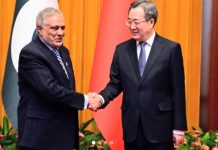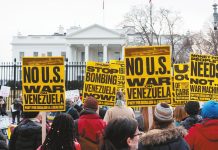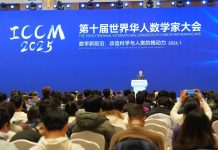Beijing: RCEP countries have a combined population of 2.27 billion or about 30 percent of the world’s total. In comparison with the U.S.-Mexico-Canada Agreement (USMCA) and the EU, each of which covers around 500 million people, the RCEP offers more opportunities and greater market potential. Additionally, according to data from the International Monetary Fund, the total GDP of the 15 members reaches some $26 trillion, which is equivalent to or slightly higher than that of the three USMCA countries, and exceeds that of the EU.
The new deal is significant for its inclusivity and the diversity of its signatories. While the EU is composed of developed countries and the USMCA consists of two developed countries and one of the world’s most advanced developing countries, the development disparity among the 15 RCEP countries is huge. But the agreement strikes a balance of interests between the developed and developing members in the areas of market access and regulation of goods, services and investment.
The signing of the RCEP shows that all members are committed to lowering tariffs, opening markets and reducing standard barriers, sending a strong message against unilateralism and protectionism. The joint leaders’ statement on RCEP stated, “The signing of the RCEP agreement demonstrates our strong commitment to supporting economic recovery, inclusive development, job creation and strengthening regional supply chains as well as our support for an open, inclusive, rules-based trade and investment arrangement.”
The RCEP is expected to boost regional development, enhance East Asia’s status as an important engine of world economic growth, and contribute to global economic recovery in the post-pandemic era.
Li Dongxin, associate professor at Shandong University said: The RCEP speaks volumes for the determination of countries to stick together and counter the anti-globalization tide.
– The Daily Mail-Beijing Review News exchange item






